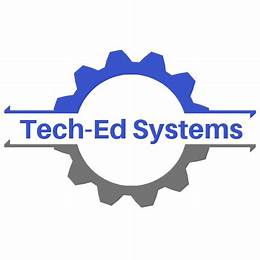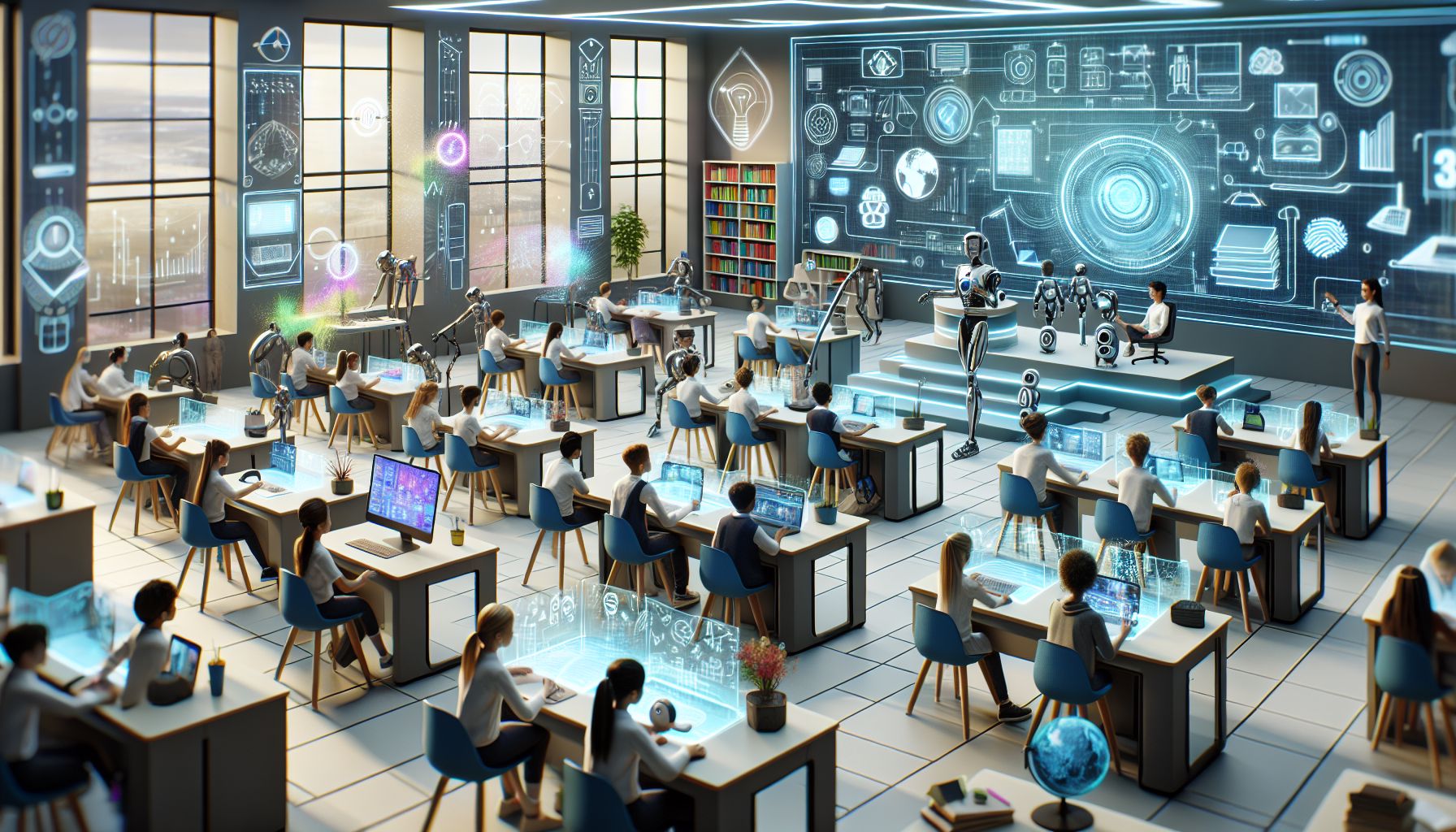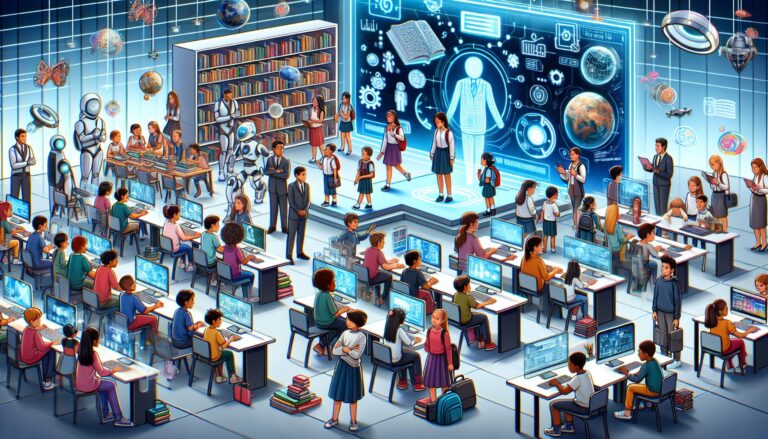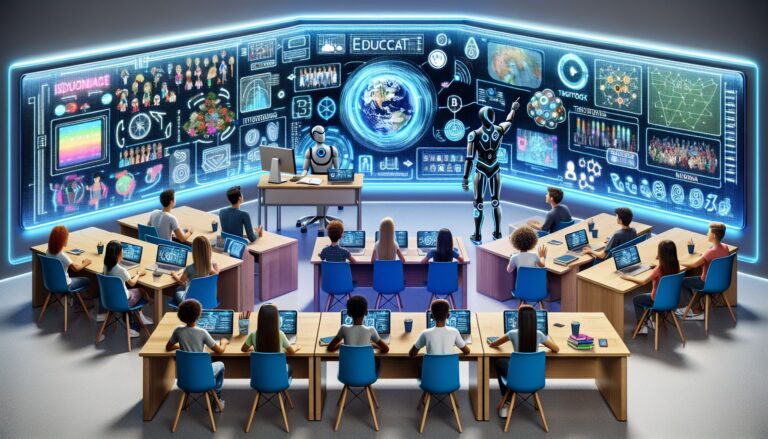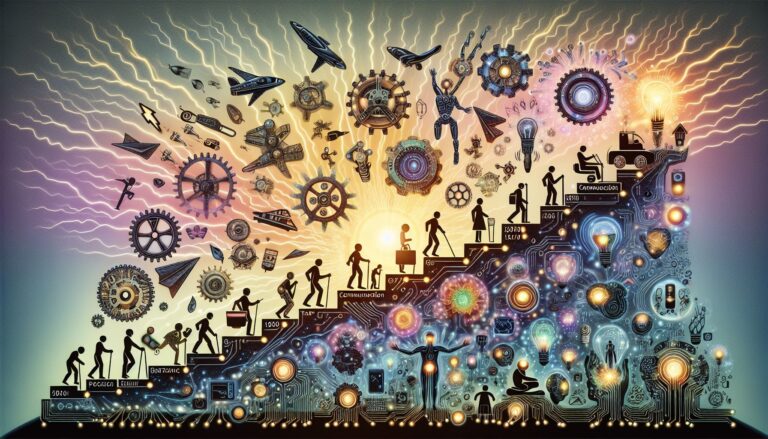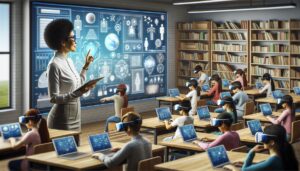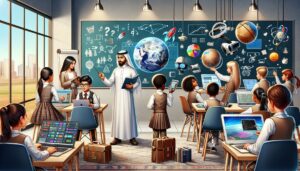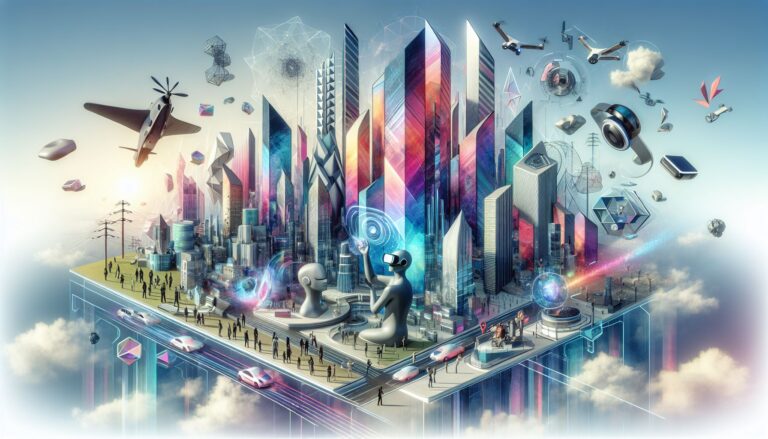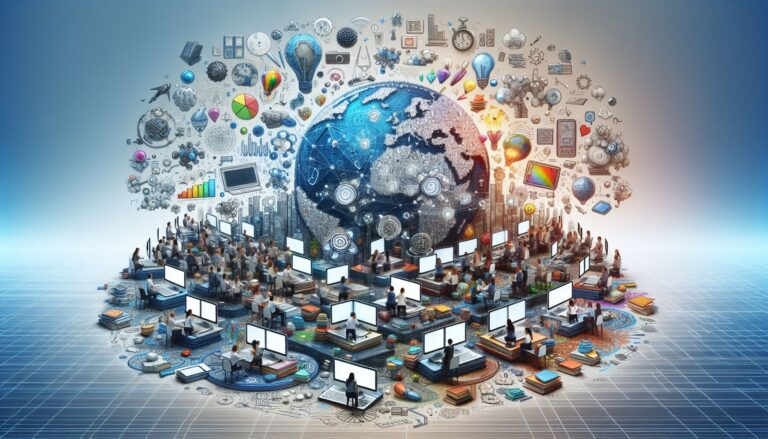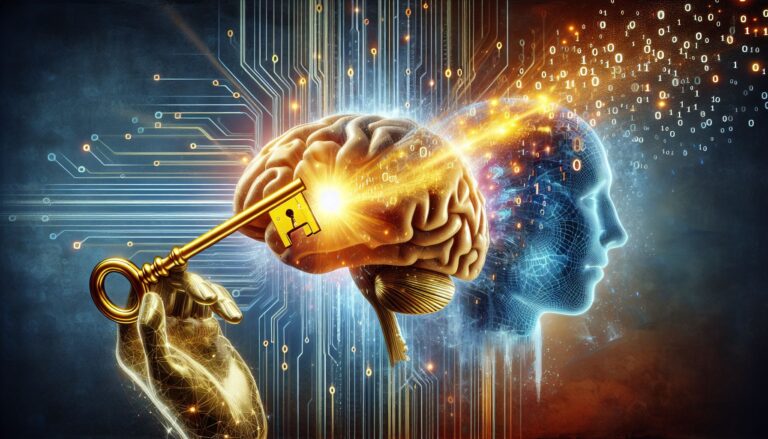As the dawn of the 21st century casts its luminous glow on the horizon, there is no corner of industry that remains untouched by the rapid advance of technology. It is in the crucible of education, however, that the sparks of innovation burn brightest, fomenting a transformation not just in the tools of learning, but in the very ethos of teaching itself.
Today, education stands at a crossroads, with traditional methodologies being seamlessly blended with cutting-edge technologies. This amalgam is crafting new paradigms that promise to reimagine the learning landscape, appreciably altering how knowledge is imparted and absorbed.
Charting Unknown Territories: New Methodologies in Education
The saying that “change is the only constant” resonates acutely within the realm of education. As digital native generations fill classrooms, educators are tasked with tailoring their teachings to a cohort that is innately adept with technology. This requires not just an adaptation in tools, but also in methods.
Flipped classrooms, where students first acquire knowledge at home and then apply it in class, are overturning the traditional lecture model. Coupled with this are game-based learning strategies which inject an element of competitiveness and fun into education, proving that play can indeed be productive.
The tidal wave of technology has not just altered how teachers teach, but also expanded the horizons of what can be taught. Virtual reality (VR) and augmented reality (AR) transport students to historical battles, distant planets, or the very nucleus of a cell, providing visceral experiences that no textbook could match.
The Digital Classroom: Balancing Act Between Virtual and Real
The advent of online learning platforms has been both a balm and a challenge. The democratisation of education through Massive Open Online Courses (MOOCs) and other online resources has broken down geographic and economic barriers. This has, in turn, prompted discussions on the efficacy of these platforms versus in-person education.
In a pandemic-hit world, this topic gained newfound urgency, with schools worldwide pivoting to remote learning. The efficacy of these emergency measures brought to light the teething issues of online education—accessibility, student engagement, and the difficulty in replicating hands-on learning.
Experts agree that technology is not a panacea; a hybrid model may be the golden mean. By combining the flexibility of online learning with the profound human connections fostered in traditional classrooms, educators can craft a symbiotic future for education.
Teacher-Student Dynamics: The Digital Shift
If one were to cast their gaze upon a modern classroom, they might be greeted by the sight of students and teachers alike, wielding tablets instead of textbooks, using collaborative tools to brainstorm in real-time, or engaging in discussions through forums.
The teacher’s role has subtly shifted from the “sage on the stage” to the “guide by the side.” In this facilitator model, the emphasis places on critical thinking and problem-solving skills, with the teacher curating a path for students through the vast, often chaotic, informational landscapes online.
Reflecting upon the advancements in education and technology, it is evident that the future classroom is not a singular destination, but a fluid, ever-evolving journey. As new tools and methodologies emerge, they will continue to shape not just how we learn, but also how we think about learning.
The possibilities endowed by AI personal tutors, real-time translation services that can erase language barriers, and blockchain providing immutable records of academic achievement are mere glimpses of this brave new world of education.
As educators and students weave these threads of technology into the tapestry of learning, it is incumbent upon society to support and foster these innovations. For, in nurturing these developments, we safeguard the future—empowering generations with the skills, knowledge, and adaptability required for the uncertainties that lie ahead.
